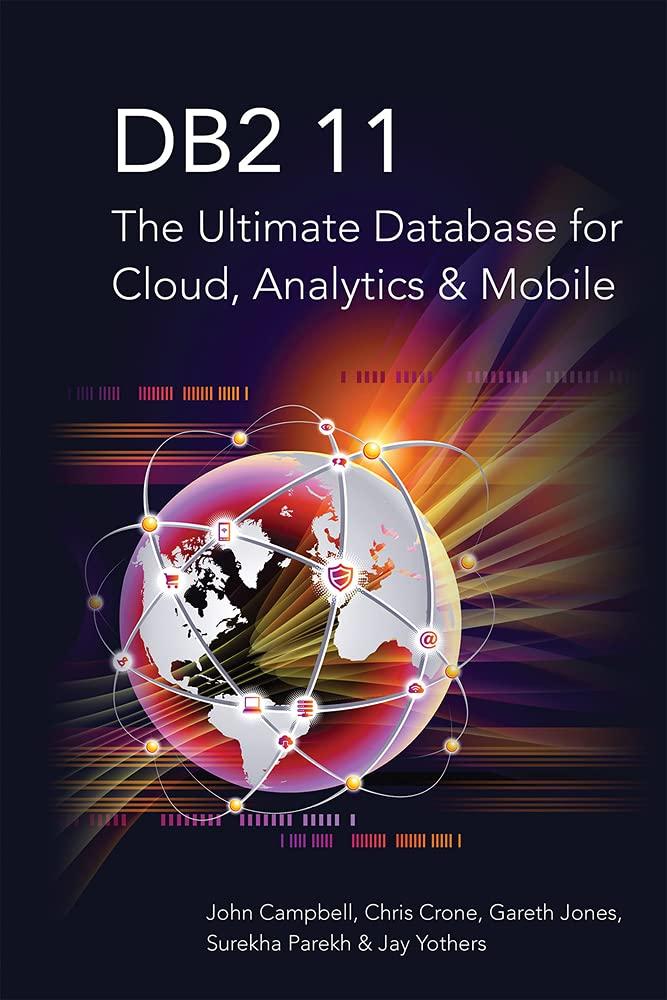Answered step by step
Verified Expert Solution
Question
1 Approved Answer
Overview As an electronic analogue of a written signature, a digital signature provides assurance that: the claimed signatory signed the information, and the information was
Overview
As an electronic analogue of a written signature, a digital signature provides assurance that:
the claimed signatory signed the information, and
the information was not modified after signature generation.
Federal Information Processing Standard FIPS Digital Signature Standard DSS specifies three NISTapproved digital signature algorithms: DSA, RSA, and ECDSA. All three are used to generate and verify digital signatures, in conjunction with an approved hash function specified in FIPS Secure Hash Standard or FIPS SHA Standard: PermutationBased Hash and ExtendableOutput Functions.
February
NIST published Federal Information Processing Standard FIPS Digital Signature Standard DSS along with NIST Special Publication SP Recommendations for Discrete Logarithmbased Cryptography: Elliptic Curve Domain Parameters.
Please see the CSRC News item for full details. A Federal Register Notice FRN was also issued announcing the issuance of FIPS Digital Signature Standard.
Testing DSS Implementations
Testing requirements and validation lists for DSS implementations are available from the Cryptographic Algorithm Validation Program CAVP
Implementationrelated References
Examples with Intermediate Values
Object Identifiers OIDs
History of the DSS FIPS
FIPS was first published in and specified a digital signature algorithm DSA to generate and verify digital signatures. Later revisions FIPS and FIPS adopted two additional algorithms: the Elliptic Curve Digital Signature Algorithm ECDSA and the RSA digital signature algorithm.
FIPS increased the key sizes allowed for DSA, provided additional requirements for the use of ECDSA and RSA, and included requirements for obtaining the assurances necessary for valid digital signatures. FIPS also replaced the random number generator specifications included in previous versions with a reference to SP
The latest version, FIPS reduces restrictions on the use of random number generators and the retention and use of prime number generation seeds, and improves alignment with PublicKey Cryptography Standard PKCS #
Summarize the above
Step by Step Solution
There are 3 Steps involved in it
Step: 1

Get Instant Access to Expert-Tailored Solutions
See step-by-step solutions with expert insights and AI powered tools for academic success
Step: 2

Step: 3

Ace Your Homework with AI
Get the answers you need in no time with our AI-driven, step-by-step assistance
Get Started


